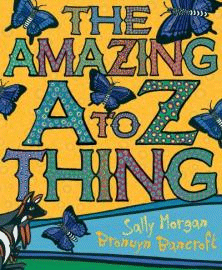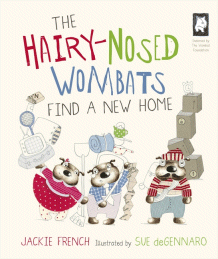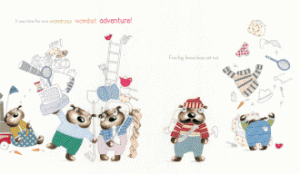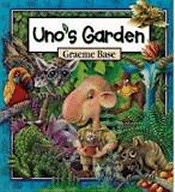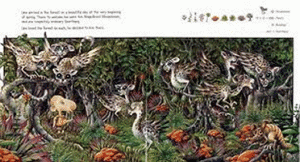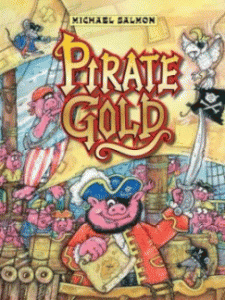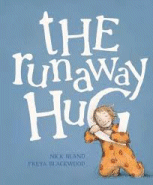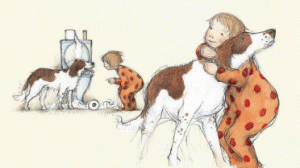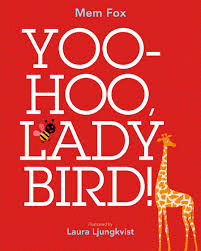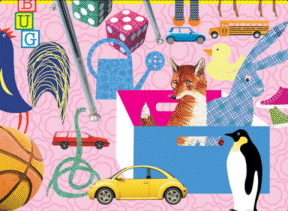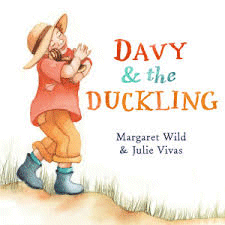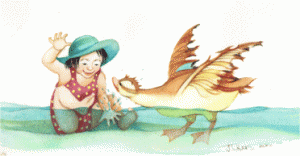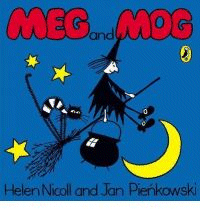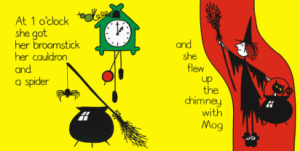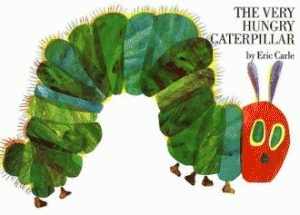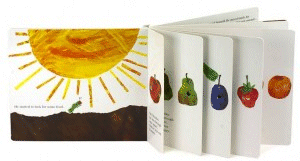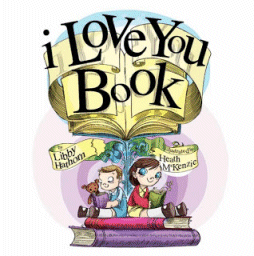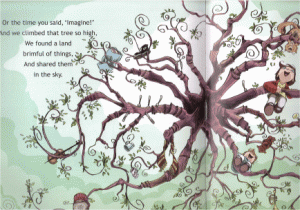The Amazing A to Z Thing
Sally Morgan
Bronwyn Bancroft
Little Hare, 2014
hbk., RRP $A24.95
9781921894190
Anteater had something amazing to show her friends, so she invited Bilby to have a look. “It will make you gasp in astonishment”. She said. But Bilby was too busy resting. “Show Chuditch,” he said. So Anteater did, telling Chuditch that she has something that will make her squeal with happiness. But Chuditch was too busy smiling at herself in the water. “Show Dingo,” she said. And so it goes on with Anteater visiting all the animals of the alphabet, each time appealing to a different emotion but always getting the same response. Everyone was too busy until Anteater decided to look at it herself and began to gasp and giggle and hoot and laugh and shout and dance.
This book is a masterful merging of two extraordinary talents – the storytelling of Sally Morgan who takes the concept of an alphabet book to a whole new level and the artistry of Bronwyn Bancroft whose traditional indigenous illustrations add such colour and character.
The very best picture books are those that have many layers and which, even though they might have an apparent target audience, have the capacity to be used across the ages. This book is one of those. As well as reinforcing the letters and order of the alphabet, and exploring the gamut of emotions, not the least of which is perseverance, the reader is also introduced to a host of Australian creatures, familiar and not-so. Who knew that a chuditch was a quoll from Western Australia or that Velvet Worms existed when Australia was part of Gondwana and they’re not really worms at all? And there are another 24 creatures to investigate. And that’s just the text. Bancroft’s use of colour and pattern, shape and line provide a whole new tangent to explore.
Anteater may have an amazing thing – but this is an amazing book.
